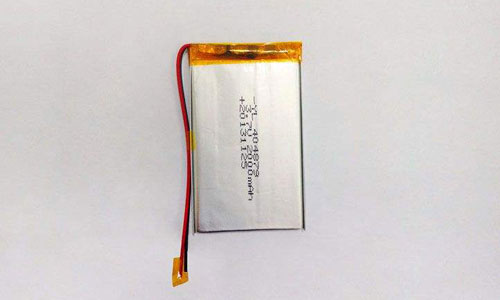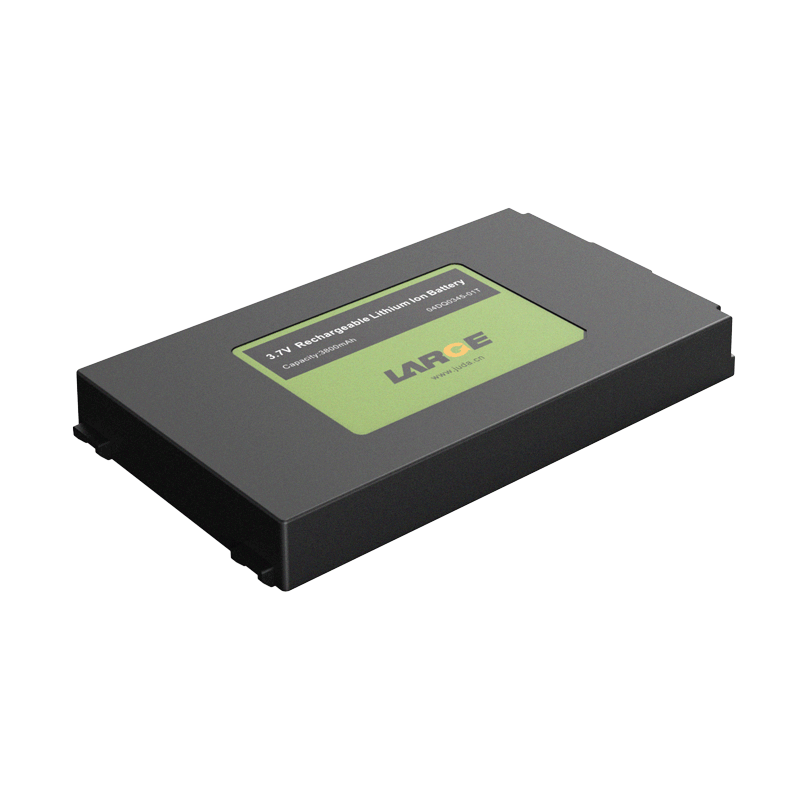LiPo Battery Discharger Circuit Discussion
Nov 21, 2019 Pageview:2100
Truth is that one of your lithium-polymer, LiPo, batteries is eventually going to fail at some point. However, many times you charge it and care for it the right way, it will come a time when the cell will no longer be safe to use. At this point, once you determine that the battery has fully, served its purpose, you will need to discharge it before you safely dispose of it. No LiPo battery is meant to last forever, especially the ones used in drones where a high voltage input and energy consumption rates are required.
What is a battery discharger?
A battery discharger is an electronic device that allows anyone, who clearly understands its functionality, to drain the voltage or charge remaining in the cells of a battery pack. These devices come in many types and brands, depending on different manufacturers. In the current age, however, there are advanced battery chargers that also come pre-installed with the discharge option for users to discharge their cells when required.
How do you discharge a LiPo battery?
The primary factor to consider when discharging LiPo batteries is safety because you intend to work with an unsteady cell. One should, therefore, follow all the safety precautions and be familiar with the dangerous possibilities that may arise during the process. No matter which method you decide to use on discharge, you should always do it in a safe location with the necessary tools to aid in cases of complications. Outside the house and using a battery, a banker is one of the most suitable and recommended places. If the battery is damaged before discharging, take extra precaution because damaged cells can cause severe accidents.
Here are some the safest possible ways in which you can discharge your LiPo batteries:
Using a saltwater bath
This one is probably one of the simplest and most reliable methods of discharging any battery including LiPo cells. It involves submerging your battery in a saltwater bath over long periods. The battery will slowly discharge to an entirely dead state. All it takes is to fill a plastic bucket with a mixture of salt and water in the probable ratio of 10:1. One is then required to fully submerge the cells in the salt solution and place the bucket in a safe location for a few days. The theory behind this method is that saltwater is conductive and should be able to slowly discharge the remaining charge within the cells entirely after a day or two.
Using a saltwater bath is the best assurance of removing all the excess voltage from within a dead cell. The method should, however, not be used on batteries that have been subjected to physical damage such as punctures or cracks. Despite requiring much patience, the technique is an effective and safe way of discharging both large and small batteries in particular.
Using your battery charger
Many of the current battery technology for LiPo batteries in the market come pre-installed with a discharge function that allows the user to discharge his/her cell safely. All one has to do is switch their charger’s setting from the “charge” option to “discharge” and set it at a low current of around 1A – 5A. This method is considered fast for discharging LiPo batteries that are nearing their death.
Using this method, one has to be aware of a few facts. A large number of these battery chargers do not discharge the battery entirely but rather to its minimum voltage. The charger’s installed features act as a safety precaution to prevent the voltages from dropping past the minimum safe voltage and thus lead to severe damages.
While the method takes effect in a matter of minutes, it does not complete the intended task of discharging the cells completely for disposal. For this reason, it is recommended that you use the salt water bath, which, as much as it takes a longer time, efficiently drains out all the voltage making the cells safe for disposal. However, if you decide to settle for this method, it should be done outside and away from any flammable materials.
Using a halogen lightbulb
A halogen lightbulb can be used as a light bulb discharger that allows you to discharge your LiPo cell at any location. The lightbulb will slowly drain the battery to a safe voltage where it won’t be able to power the bulb any longer and thus be safe for disposal. Building a lightbulb is simple, and one can buy them from any hardware store at meager prices. A halogen lightbulb is preferred to LED ones because the latter are deemed too efficient and will take more extended periods to drain the cells fully. The only disadvantage to using a lightbulb is that they may get too hot at times during discharge.
All you have to do is plug the battery into the discharger by connecting the terminals to the required endpoints of the bulb using connectors. The bulb will then glow indicating that the battery is in the process of being discharged. You then have to wait for the bulb to go out, which would signal that the battery has been discharged. As mentioned before, the lightbulb tends to get too hot for you to hold with your bare hands but not enough to catalyze spontaneous combustion. Try carrying out the process in a location that is heat resistant such as a cinderblock bunker.
How fast can you discharge a LiPo battery?
The speed at which one can discharge their LiPo batteries depends on the various methods used by the user. Some ways require patience and take more extended periods, such as using a saltwater bath, which, as much as it may take longer, is very efficient in draining your battery voltage. Other methods such as using your battery charger or a halogen lightbulb, may take only a few minutes. However, these methods only drain the batteries to a safe minimum voltage point due to the preinstalled safety features in the cells and chargers as well. The rate at which battery discharges is also a significant factor to consider. Some battery types may have high discharge rates while others tend to have lower ones.
Conclusion
LiPo batteries are used in many consumer electronic devices and have been gaining popularity in a wide range of applications. They offer many benefits over other types of battery technology, depending on the type of usage and environment they may be subjected to. This article teaches what there is to know about discharging your LiPo batteries and how to do it safely and hopes you will heed all the necessary guidelines and advice offered.
- Prev Article: Do Lithium Batteries Need to be Drained?
- Next Article: Lithium Battery Discharge Voltage Common Questions
Leave Message
Hottest Categories
-
Hottest Industry News
-
Latest Industry News











